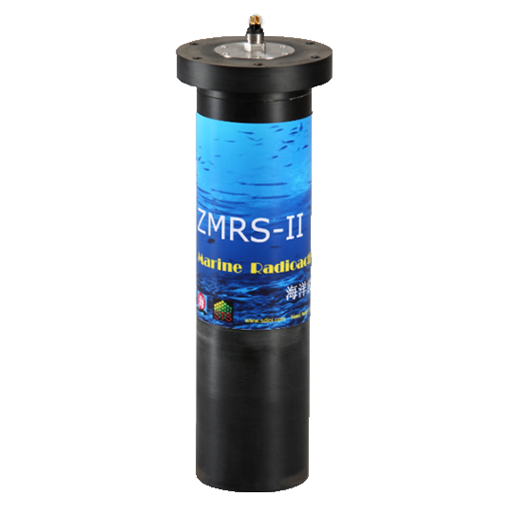-
WATER ENVIRONMENT SAMPLING
-
Water Sampler
-
Sediment Sampler
-
Sediment Traps
-
Plankton Sampler
-
Benthic Sampler
-
Microplastics Sampler
-
Ballast Water Sampling Analyzer
-
Sample Post-Treatment
-
Winches
-
-
WATER ENVIRONMENT MONITORING
-
Hydrophysical Monitoring
-
Biochemical Monitoring
-
FerryBox
-
-
UNDERWATER IMAGE ACQUISITION
-
Lander
-
Underwater Light
-
Underwater Low-light Camera
-
UVP
-

Art.No.: watertools
Keywords: In-situ Radioactivity Monitoring Sensor
Supplier: Qingdao Watertools Technology Co., Ltd.
The in-situ aquatic radioactivity sensor is an in-situ gamma-ray spectrometer. It is developed and applied for in-situ radioactivity measuring in any aquatic environment (coastal water, open sea, groundwater, lake, river, etc.) under difficult weather conditions. The portable sensor operates autonomously, and can be installed on floating measuring systems. It provides not only the energy spectra of gamma-ray emitters due to natural and man-made radiation that released to the environment, but also the amount of radioactivity, nuclide discrimination and quantitative radionuclide analysis. It can be used for the radioactivity continuous monitoring, pollution early warning, accident emergency, science research and some other purposes.
In most countries around the world, radioactivity monitoring of seawater has been using traditional in situ sampling methods and then analyzed in the laboratory. It usually takes two to three days to get quantitative results through complex processing procedures. At present, NaI(Tl) detectors have been widely used for the rapid measurement of natural and artificial radionuclides on land, which is the concept of point source or surface source measurement. When used as an underwater sensing system for monitoring radioactivity in the marine environment, it is a concept of bulk source measurement and has different detection efficiency characteristics.





